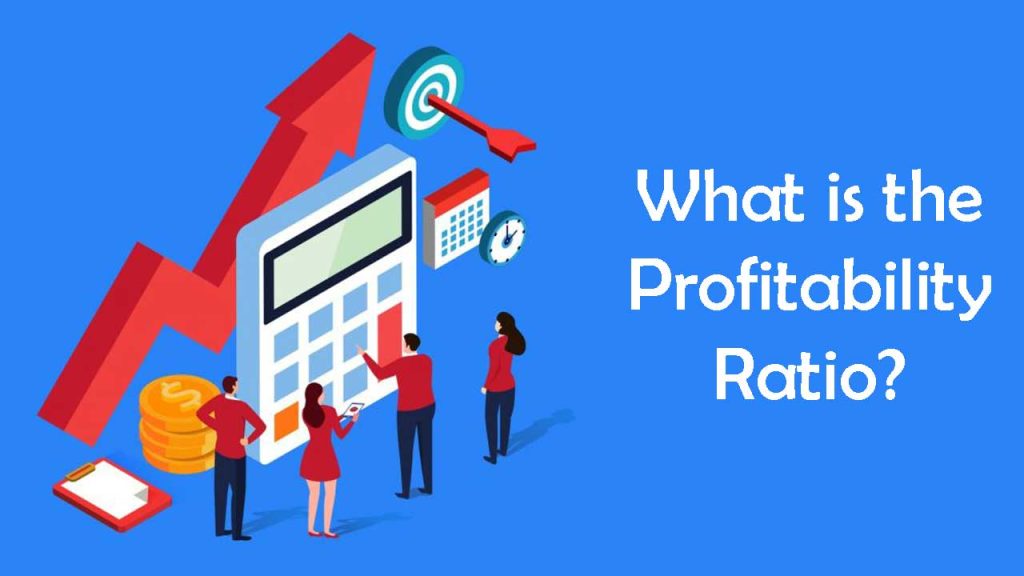The profitability ratio is utilized to measure the effectiveness of the business to produce profits in relation to its costs and other costs related to the production of profits for a given time frame. This ratio is the final product of the business.
Profitability is the final output of the company, i.e. how successful the business is. It also demonstrates how lucrative owners’ funds have been used in the business.
Affordable & Best – Accounting & Bookkeeping Services
Types of Profitability Ratio
- Return on Equity
- Earnings Per Share
- Dividend Per Share
- Price Earnings Ratio
- Return on Capital Employed
- Return on Assets
- Gross Profit
- Net Profit

Return on Equity
This ratio tests the viability of an equity fund raised by the business. It also tests how efficiently the owners’ assets were used to produce the profits of the business. A high ratio is beneficial to the business.
Formula –
Return on Equity = Profit after Tax ÷ Net worth
Earnings Per Share
In this ratio, we test the profitability of the business from the view of the ordinary shareholder, this ratio tests profitability. A high ratio is beneficial to the business.
Formula –
Earnings Per Share = Net Profit ÷ Total no of shares outstanding
Dividend Per Share
This ratio determines the probability of the dividend payout by the business to its shareholders. The high ratio would indicate that the organization has surplus cash.
Formula –
Dividend Per Share = Amount Distributed to Shareholders ÷ No of Shares outstanding
Price Earnings Ratio
The investor uses this ratio to confirm the business’s underpriced and overpriced share price. This ratio also suggests the anticipation of the company’s earnings and the repayment period for investors.
Formula –
Price Earnings Ratio = Market Price of Share ÷ Earnings per share
Return on Capital Employed
This ratio measures the firm’s percentage of return upon the funds invested by its owners in the firm. A high ratio is considered better for the business.
Formula –
Return on Capital Employed = Net Operating Profit ÷ Capital Employed × 100
Return on Assets
This ratio is used to calculate the earnings per rupee of a assets invested in the business. A high ratio is beneficial to the business.
Formula –
Return on Assets = Net Profit ÷ Total Assets
Gross Profit
This ratio determines the marginal profits of the firm. This ratio can also be used to calculate the income of the section. A high ratio symbolizes a higher earnings and is favorable for the firm.
Formula –
Gross Profit = Gross Profit ÷ Sales × 100
Net Profit
This ratio calculates the total profitability of the business, taking into account both direct and indirect costs. The high ratio indicates a profitable return in the business and also how effective a business is.
Formula –
Net Profit = Gross Profit + Indirect Income – Indirect Expenses




